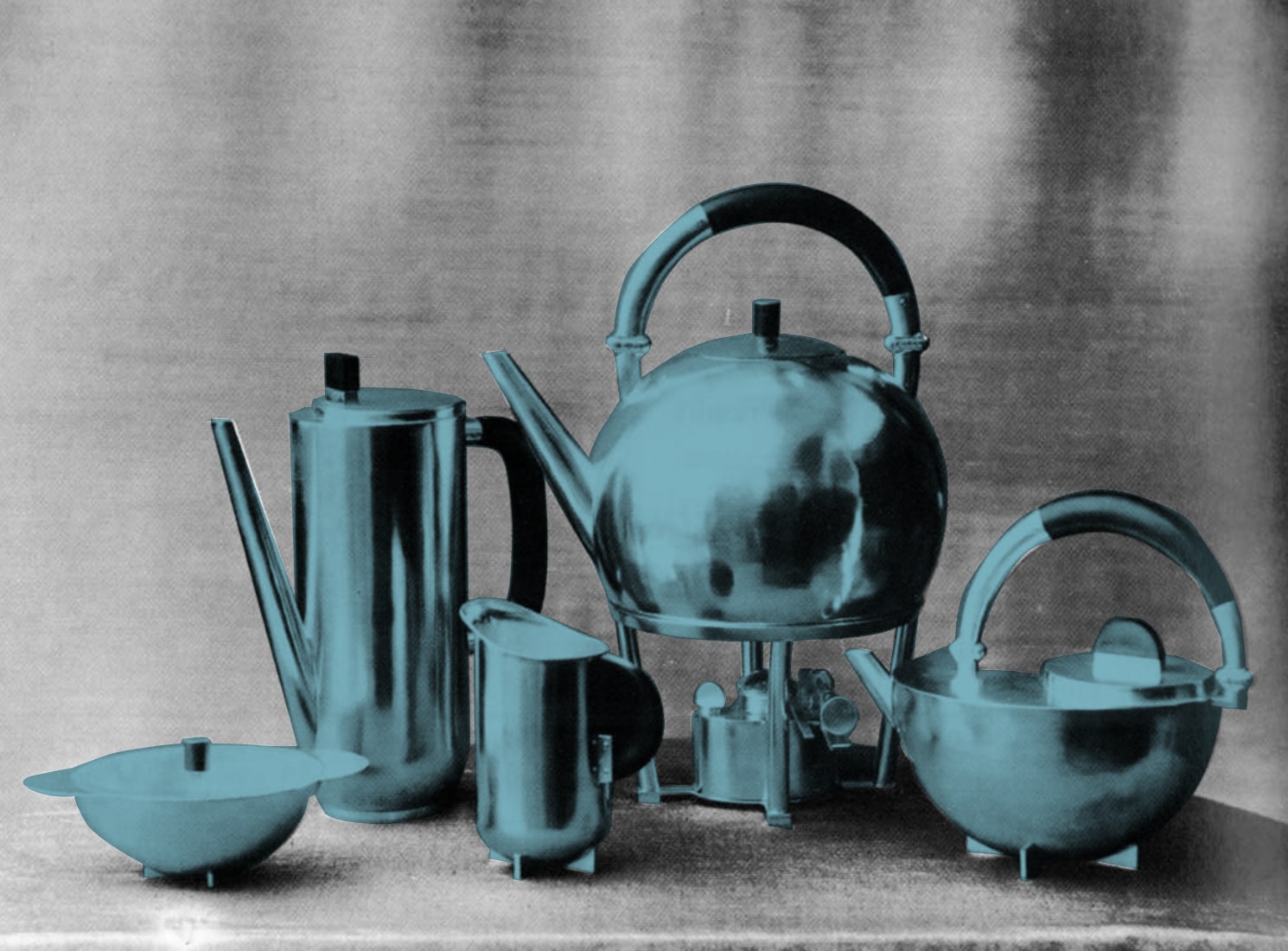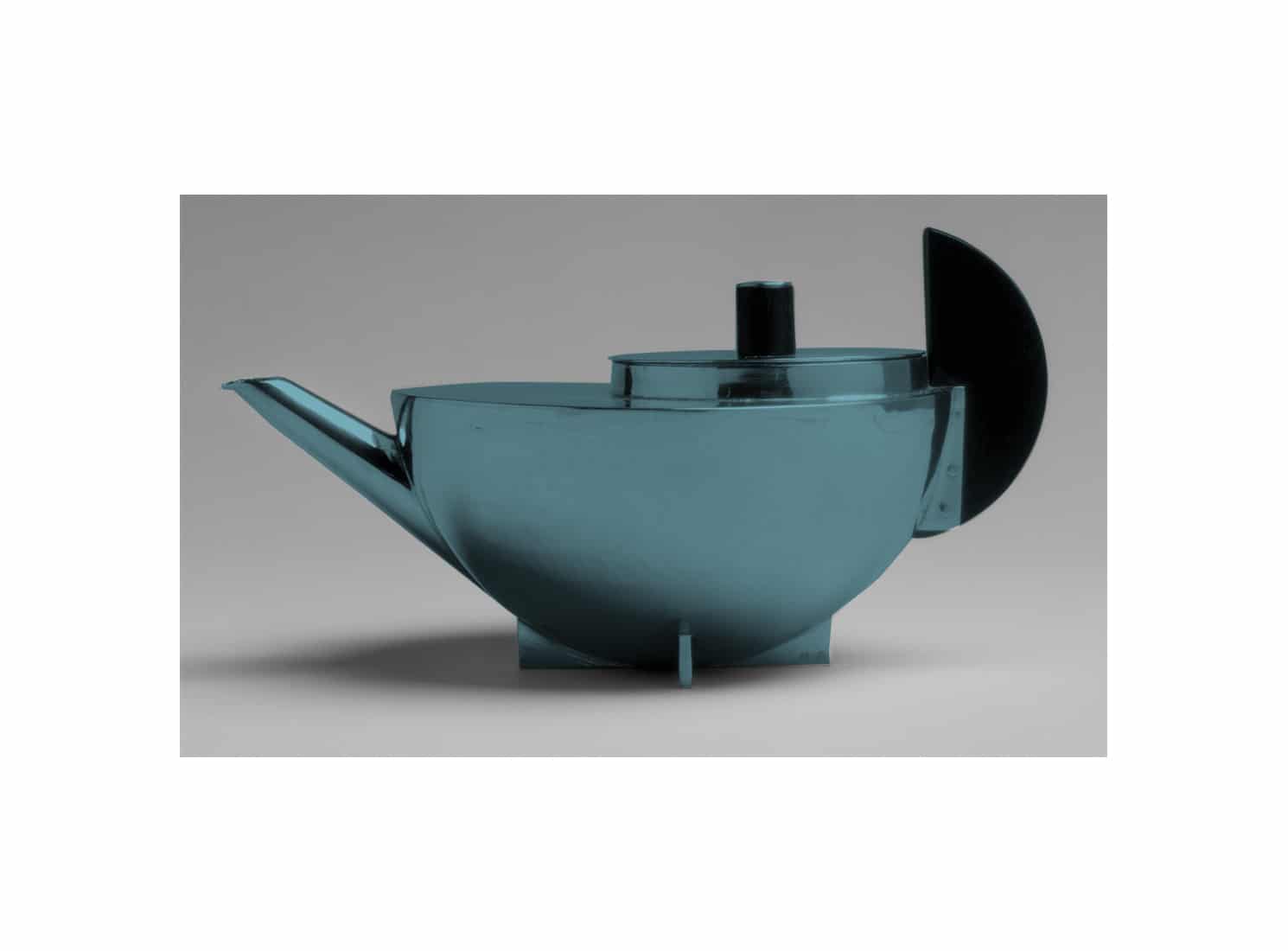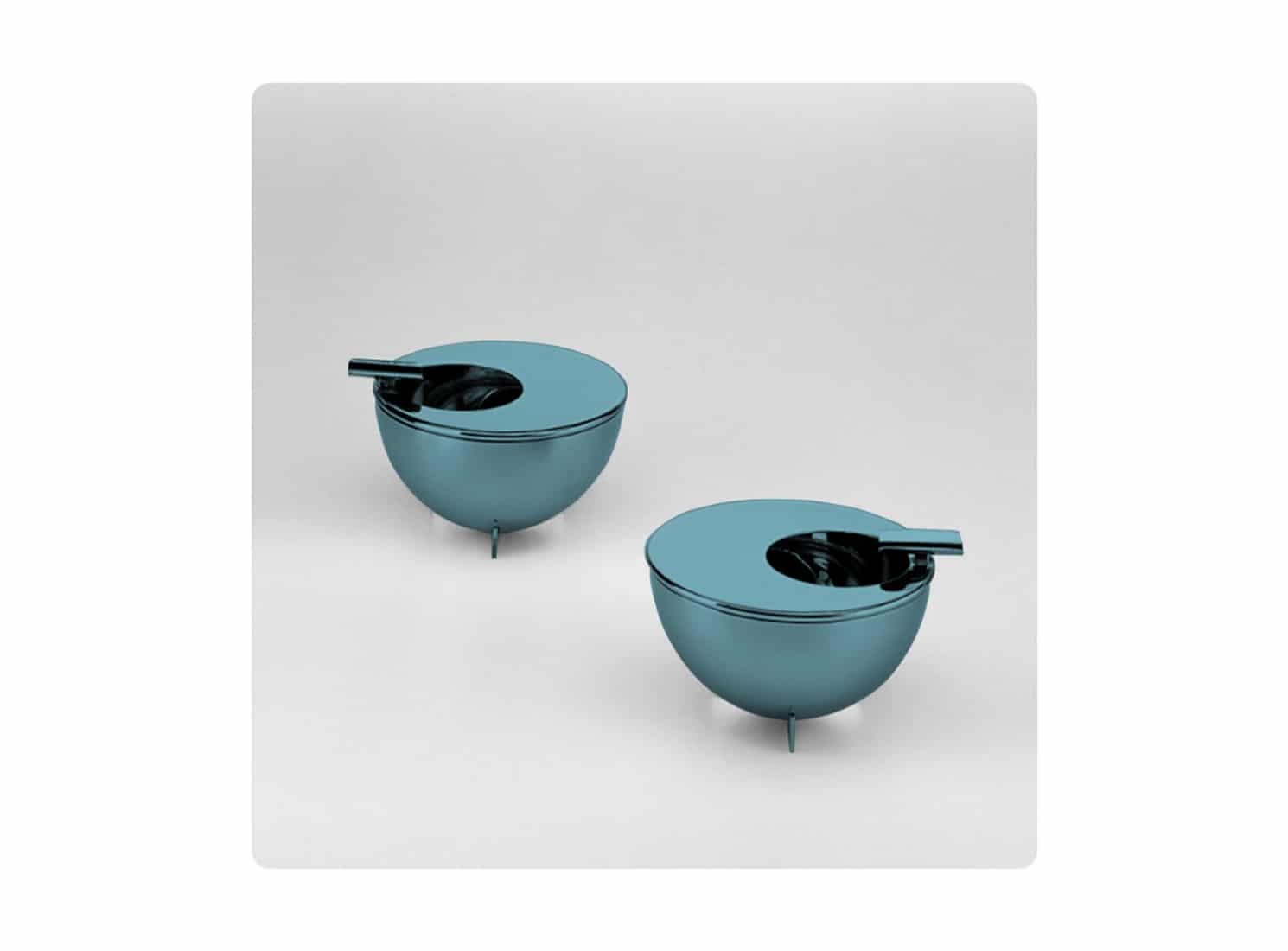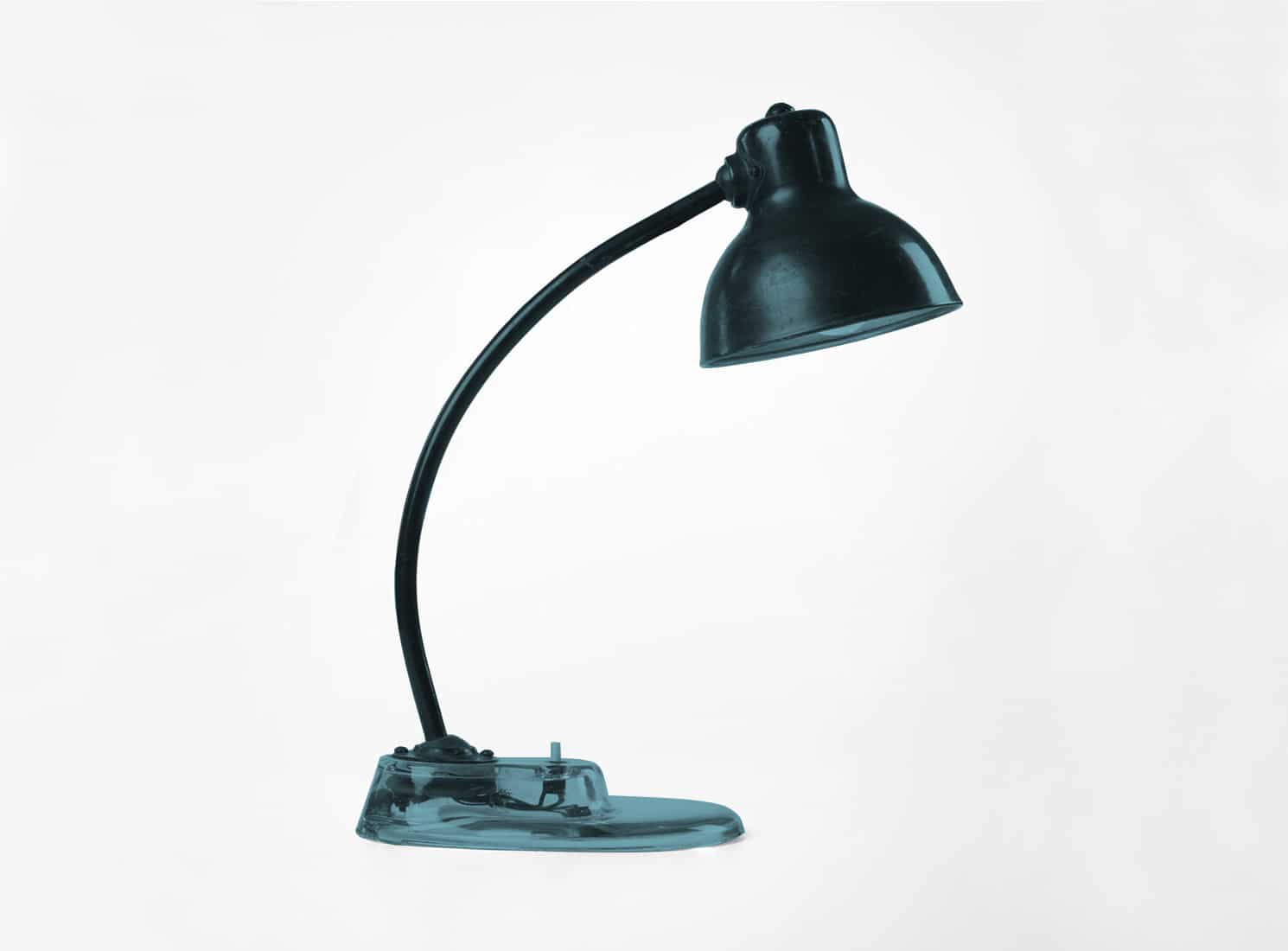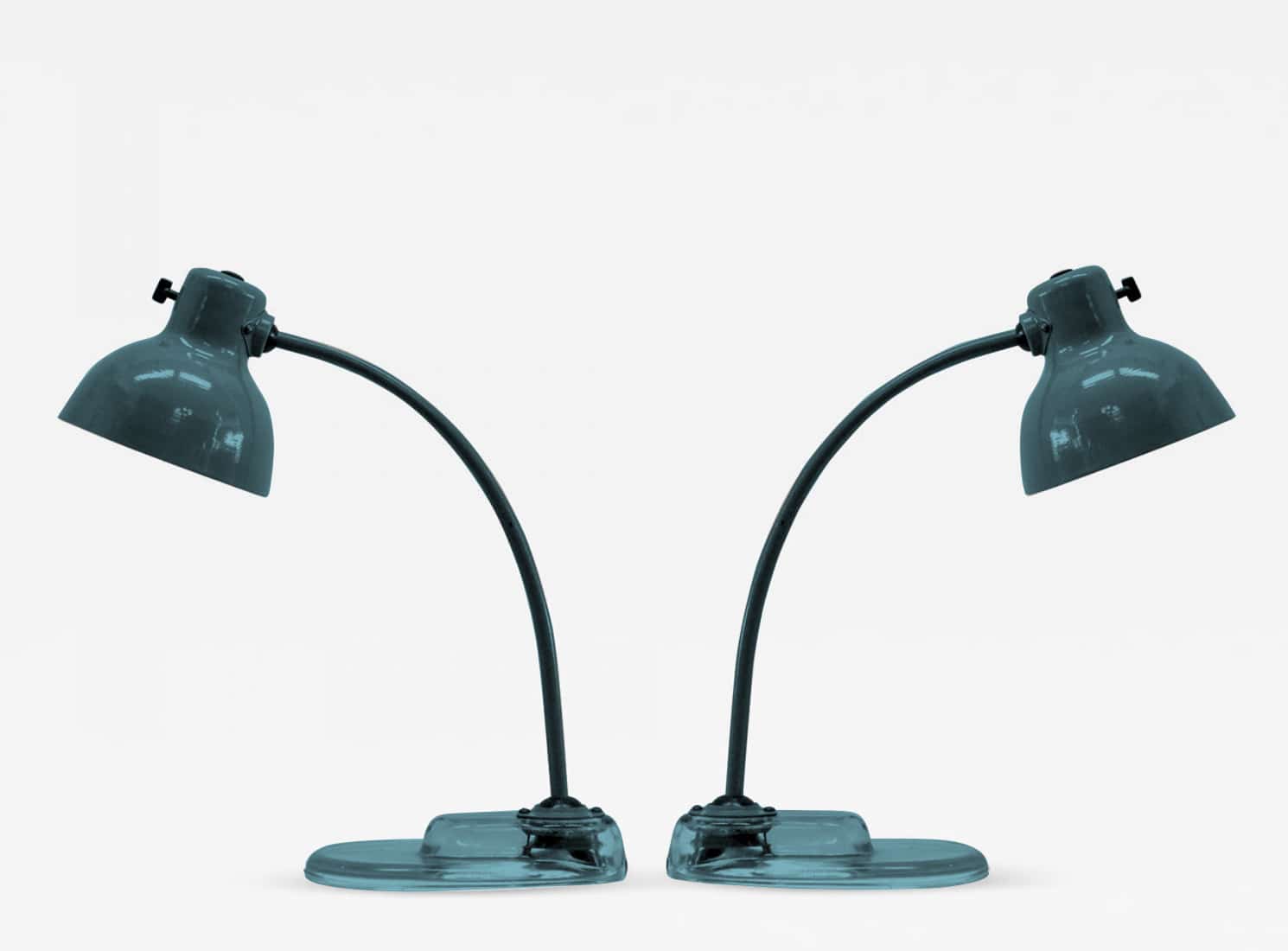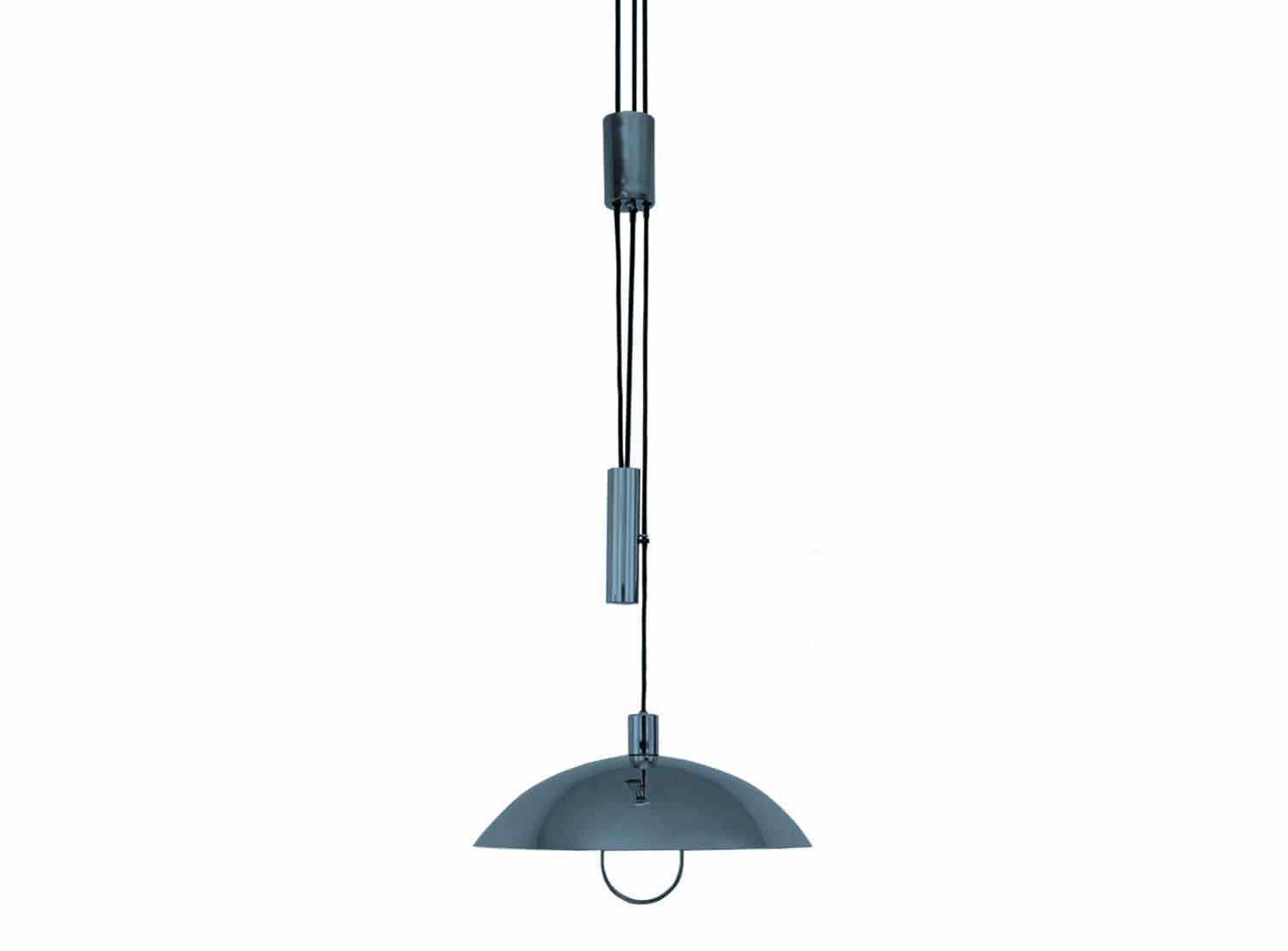INTERIOR
The Bauhaus light #Marianne Brandt
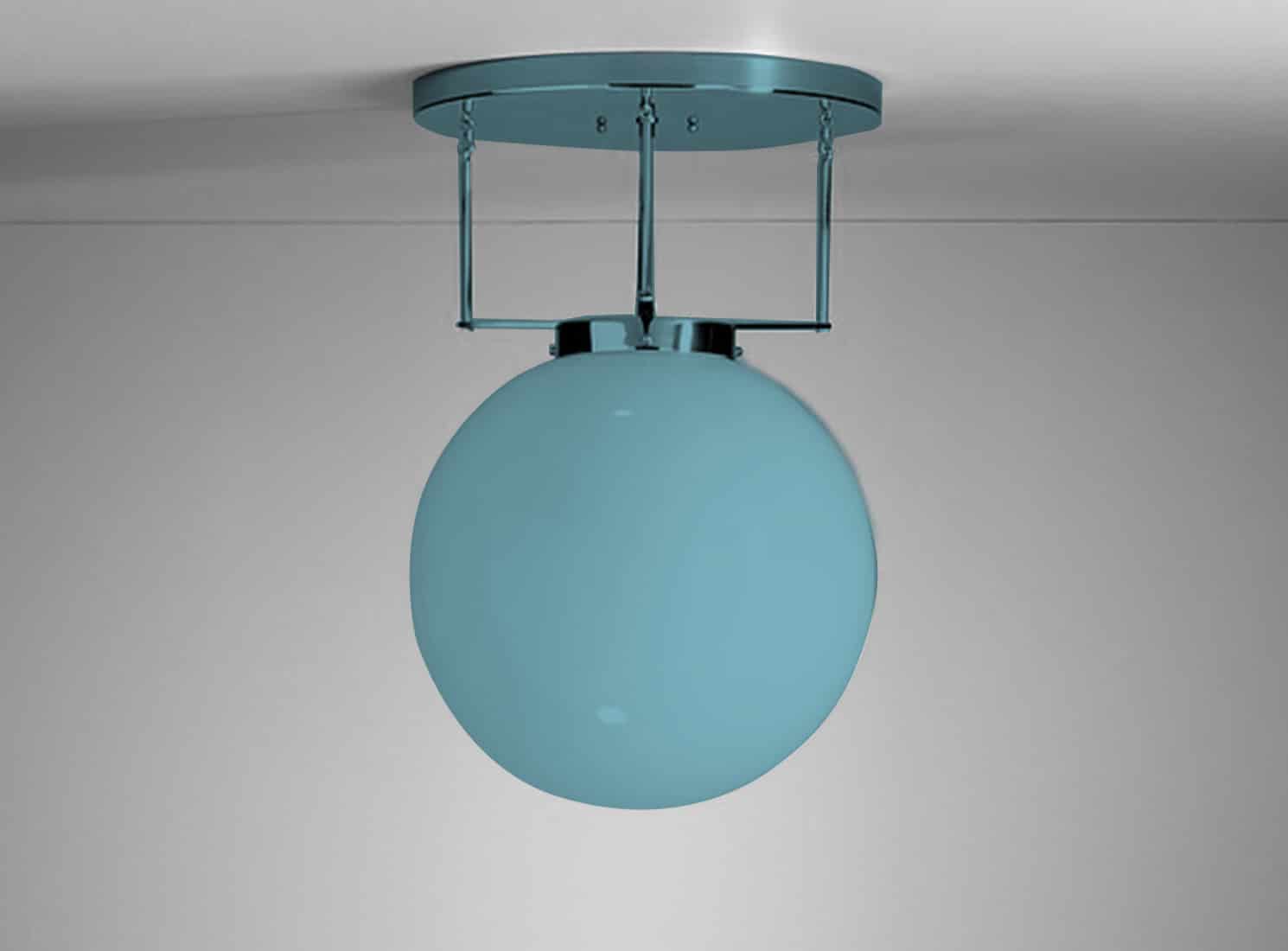
In spite of the fame achieved by the furniture created in the Bauhaus carpentry workshop, the pieces made in the metallurgy workshop were one of the school’s main sources of funding, as well as one of the best examples of collaboration with the industry.
Although Gropius had expressed the will to lead female students to the weaving workshop run by Gunta Stölzl, Marianne Brandt joined the metal workshop run by László Moholy-Nagy in 1923 and became his successor at the head of the workshop three years later. The teapots, coffee pots and ashtrays of pure forms are surely the best known among the designs that she carried out during her stage as a student, but the lamps that she later developed, manufactured in series by the Kandem company, are the best example of the synthesis of art and technique proclaimed by Gropius in 1923 as the ideal of the school. Brandt designed table, wall and floor lamps that were simple, modular and resistant, being adapted to the demands of mass production. Pieces like the model nº756 for Kandem combined the mobility of its shade and arm with a good dispersion and reflection of the light.
Bauhaus wants to contribute to the contemporary development of the housing problem, from the simplest household tool to the habitable house finished in all its details.Walter Gropius, Principles of Bauhaus production, Bauhaus Dessau, 1926
For the new Bauhaus building in Dessau, Brandt, together with Hans Przyrembel, developed the pendant lamp with pulley and aluminum shade ME78b, used in the metal workshop, the weaving workshop or the drawing room, but also in the dining room of the Gropius house. She also developed the ME27 and ME104 ceiling lamps, with their opalescent glass spheres, for the teachers’ houses. Because of that, Marianne Brandt’s lamps are, together with Marcel Breuer’s chairs, an indispensable part of the canonical image of the Bauhaus architecture.
